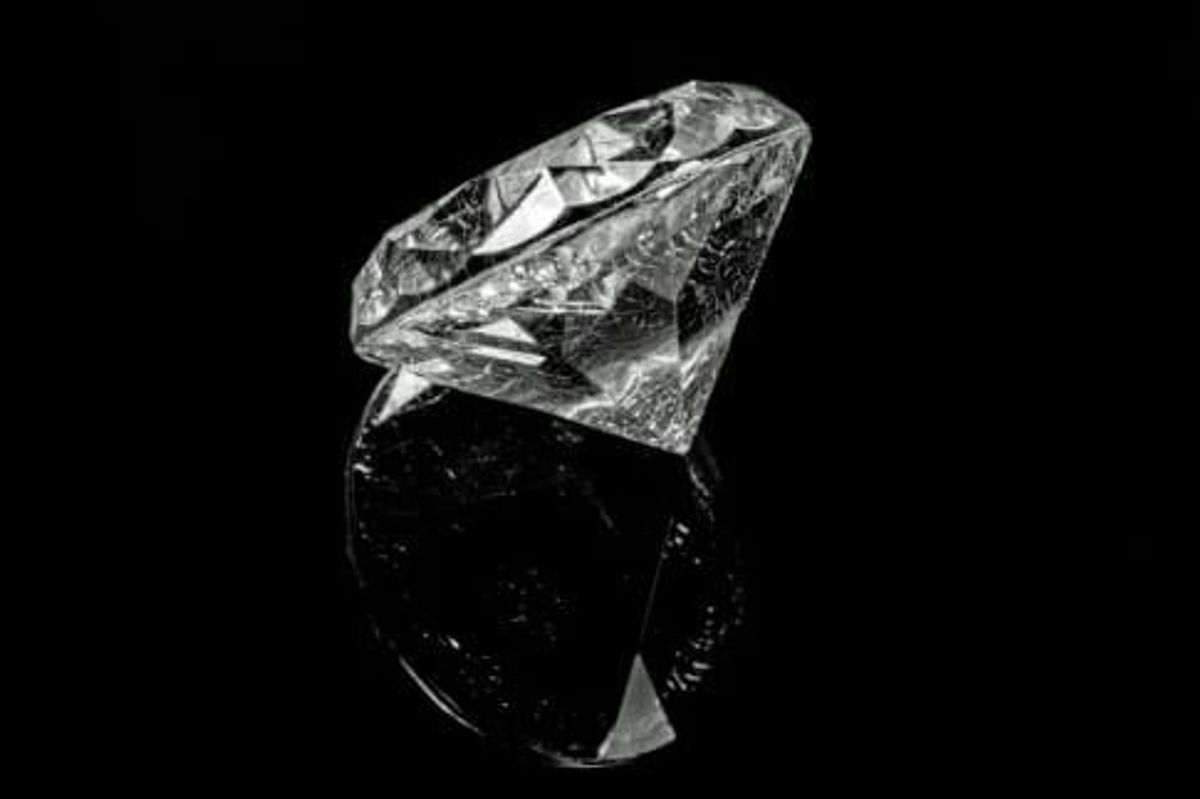Star Diamond Identifies High Amount of Rare Diamonds

The study confirms there are “unusually high proportions” of type IIa diamonds in both the Star and the Orion South kimberlites.
Canadian gem explorer Star Diamond (TSX:DIAM) has completed a study confirming the proliferation of type IIa diamonds at its Star-Orion South project on Canada’s prairie.
The study at the central Saskatchewan asset confirms there are “unusually high proportions” of type IIa diamonds in both the Star and the Orion South kimberlites.
This new data affirms and increases a previous examination into the abundance of type IIa stones commissioned and completed in 2010.
The type IIa designation is reserved for the rarest and most coveted diamonds in the world. To attain the status, the gem must contain either very little or no nitrogen atoms in the crystal structure of the stone.
When it comes to white type IIa diamonds they are exceptionally colorless, while fancy colored diamonds with the classification are usually exquisite brown, purple or pink tone.
Less than three percent of globally mined diamonds will receive a type IIa certification.
The results of this latest study conducted by Star estimates that 26.5 percent of the Star resource, and 12.5 percent of the Orion-South deposit are in fact the rare type.
“The presence of a significant proportion of type IIa diamonds in the Star and Orion South kimberlites greatly increases the potential for the recovery of large (plus 100 carat), high-value diamonds,” George Read, senior vice president exploration & development, said in the announcement. “Analysis of the Star and Orion South diamond evaluation parcels indicated a significant proportion of type IIa diamonds, some of which are top white in color.”
The largest type IIa diamonds recovered by Star at the Saskatchewan site include a 49.09-carat stone from the Star asset and a 32.35-carat stone from the Orion South deposit.
The most valuable type IIa diamond recovered at Star was an 11.96 carat gem valued at US$11,333 per carat, while the most valuable type IIa diamond from Orion South is a 15.88-carat diamond valued at US$2,800 per carat.
Shares of Star Diamond were up 19.05 percent on Tuesday (March 5), to C$0.25.
Don’t forget to follow us @INN_Resource for real-time updates!
Securities Disclosure: I, Georgia Williams, hold no direct investment interest in any company mentioned in this article.